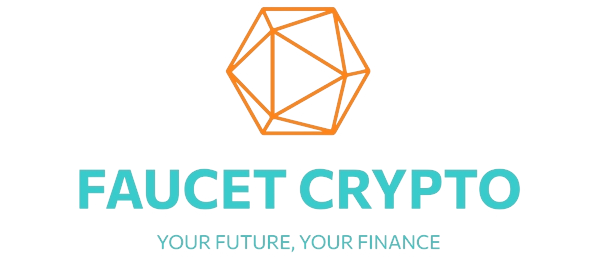The controversial AI-focused crypto project Qubic has suggested it may mine Dogecoin (DOGE), the largest memecoin, after completing its current operations on Monero (XMR), the privacy-focused blockchain network.
On Aug. 17, Qubic Network founder Sergey Ivancheglo shared a Discord screenshot showing that the community voted to target Dogecoin for the upcoming mining season.
This decision followed a proposal from Ivancheglo inviting the community to select which ASIC-enabled proof-of-work (PoW) blockchain the network should prioritize next.
The options included Dogecoin, Kaspa, Zcash, and other ASIC-mined coins. Dogecoin emerged as the clear winner, securing around 301 votes, more than all other options combined.
If Qubic begins mining DOGE, it could gain more notoriety than during its Monero operations. Last week, Qubic claimed control of most of Monero’s hashrate, which led Kraken to temporarily suspend XMR deposits amid reports of a 51% network attack.
Dogecoin mining
Dogecoin, launched in 2013 as a joke, has evolved into a major player in the crypto market.
The coin gained widespread attention after Elon Musk highlighted it several times on X (formerly Twitter), helping DOGE grow into a top-10 crypto asset with a market capitalization exceeding $33 billion.
However, mining DOGE would be far from straightforward. Competition in the space has intensified over the years, with major Bitcoin miners such as BIT Mining generating significant revenue from Dogecoin mining.
According to CoinWarz data, Dogecoin’s network hash rate currently stands at 2.93 PH/s, offering miners potential profits of roughly $21 per day per unit of mining power.
Due to this, Ivancheglo emphasized that preparations for mining DOGE will take months, with the Qubic pool continuing to mine Monero during this period.
Dogecoin mining profitability
While precise network-wide figures aren’t published, a back-of-the-envelope estimate suggests Dogecoin miners collectively earned in the ballpark of $0.84–$1.02 billion over the last 12 months.
Using Dogecoin’s issuance math (≈1,440 blocks/day × 10,000 DOGE) and an average price assumption of ~$0.16 implies roughly $2.304 million/day (≈$841 million/year).
Cross-checking with a revenue-per-hash snapshot of ~$1.08 per GH/s against an aggregate network hashrate near ~2.6 PH/s (≈2,600,000 GH/s) yields about $2.808 million/day (≈$1.025 billion/year).
These are gross figures (fees are small, electricity and opex excluded) and will vary with DOGE price and hashrate swings, but they frame the scale of potential revenue Qubic is eyeing.
Qubic’s goal
Ivancheglo explained that his AI project targets these PoW blockchains to redirect energy-intensive proof-of-work computations toward artificial intelligence applications.
According to him:
“A lot of electricity is burned for useless PoW, we need that electricity for AI. These words may be hard to get and I cannot reveal more now, in the future they will eventually click.”
Notably, Qubic has developed a “useful proof-of-work” system that turns crypto mining energy into productive computation. Instead of solving meaningless puzzles like traditional PoW, the network spreads tasks across miners to advance artificial intelligence research.
According to the project, this method directs energy toward real-world outcomes and helps train AI models, which supports its long-term goal of creating Artificial General Intelligence (AGI).
If you found this article helpful, please support our YouTube channel Life Stories For You
